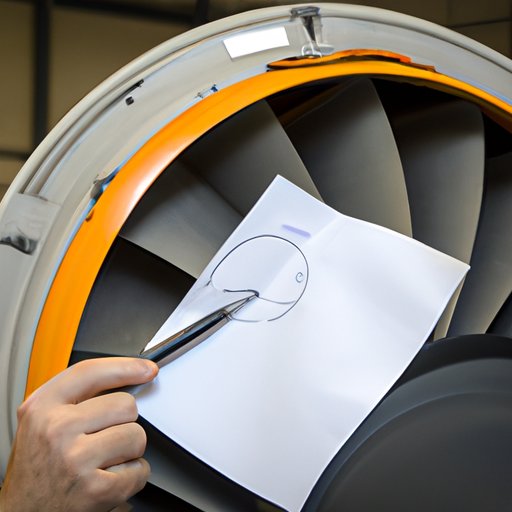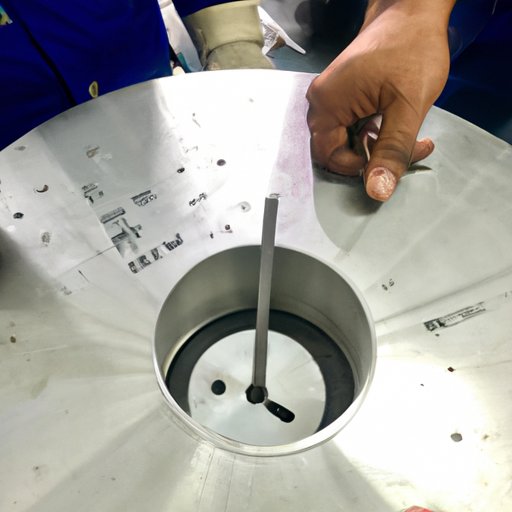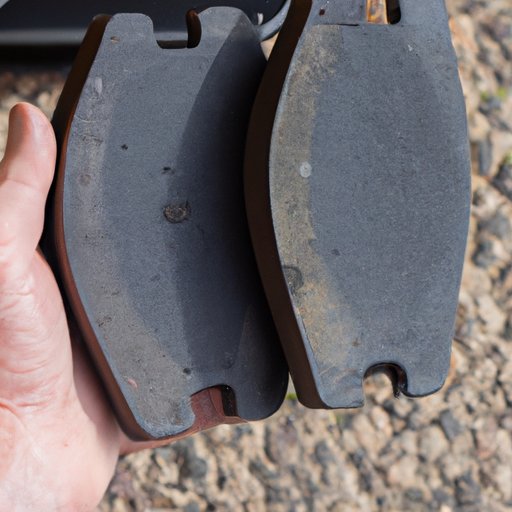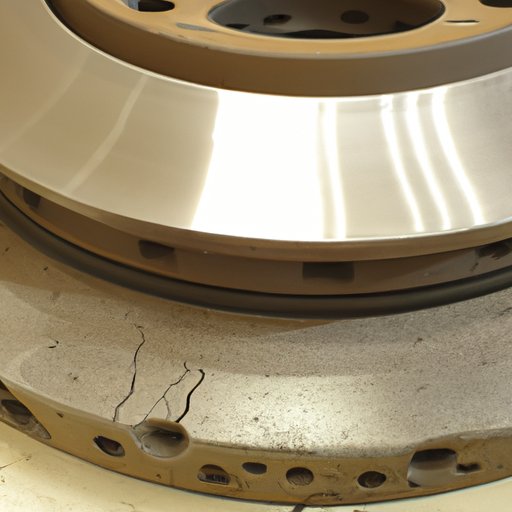Introduction
Rotors are an important part of a car’s braking system. They help dissipate heat from the brakes and provide a smooth surface for the brake pads to press against. Over time, rotors can become worn down due to heat and friction, making them less effective and potentially dangerous. It is important to know how to identify signs of rotor wear so that you can replace them when necessary.

Diagnosing Rotor Wear with Visual Inspection
The first step in determining whether your rotors are bad is to inspect them visually. Look for any signs of wear and tear, such as discoloration, scoring, or cracking. Discoloration can indicate that the rotors have been subjected to excessive heat, which can cause warping or other damage. Scoring can also be a sign that the rotors are not as efficient as they should be, as it reduces their ability to dissipate heat.
Identifying Rotor Damage through Vehicle Vibrations
Another way to determine whether your rotors are bad is to check for vibration while driving. If the rotors are warped or damaged, then you may feel pulsing or shaking when you apply the brakes. This is because the brake pads are not able to make full contact with the surface of the rotors, causing them to vibrate. It is important to differentiate this vibration from other causes, such as wheel alignment or suspension issues.
Testing Rotors for Warping and Imbalance
In order to accurately diagnose rotor wear, you will need to test them for warping and imbalance. A dial indicator can be used to measure runout, which is a measure of how much the rotors are warped. You can also use a balancing machine to check for imbalance, which can reduce braking performance and increase wear on the rotors.

Measuring Rotor Thickness for Wear
Once you have determined that the rotors are warped or imbalanced, you will need to measure their thickness to see if they are too worn down to be safely used. Each make and model has a minimum thickness that must be maintained in order for the rotors to function properly. You can use a micrometer to measure the thickness of the rotors, and compare it to the manufacturer’s recommended minimum.

Inspecting Brake Pads for Excessive Wear
In addition to inspecting the rotors, you should also take a look at the brake pads. Check for wear on both sides of the pad, and look for any uneven wear or excessive grooves. If the pads are excessively worn, then this could be a sign that the rotors are bad as well.
Listening for Unusual Noises During Braking
Finally, pay attention to any sounds that come from the brakes when they are applied. If you hear any screeching, squealing, or grinding noises, then this could be a sign that the rotors are bad. In this case, you should have them inspected and replaced as soon as possible.
Conclusion
In conclusion, there are several ways to determine whether your rotors are bad. Visual inspection can reveal signs of wear and tear, and vehicle vibrations can point to problems with warping and imbalance. Testing the rotors for thickness and inspecting the brake pads for excessive wear can also help you identify rotor damage. Finally, listen for any unusual noises when applying the brakes, as these can be an indication of rotor wear. By taking all these steps, you can ensure that your rotors are in good condition and functioning properly.
(Note: Is this article not meeting your expectations? Do you have knowledge or insights to share? Unlock new opportunities and expand your reach by joining our authors team. Click Registration to join us and share your expertise with our readers.)
